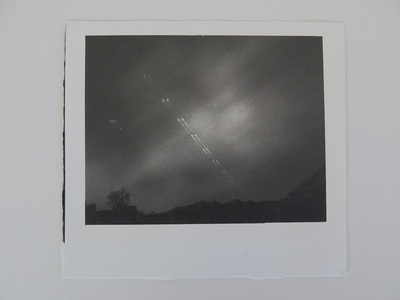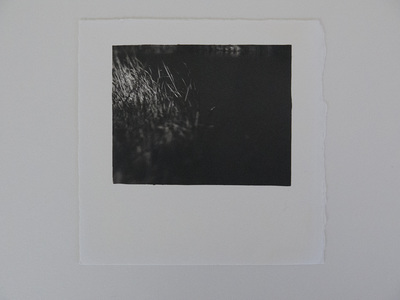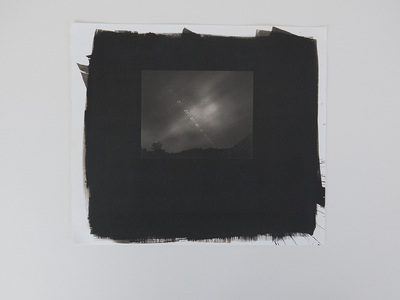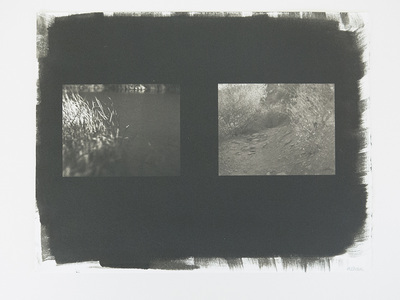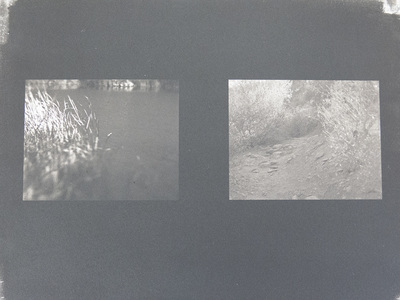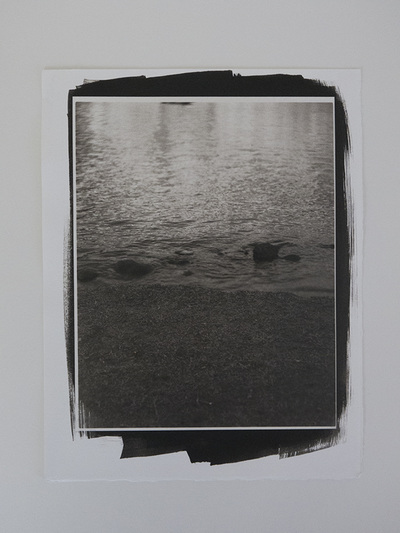Platinum/Palladium
In 1873, William Willis obtained the first patent for the platinum process. It was popular with fine art and commercial printers until the advancement of smaller cameras and easier printing techniques with silver gelatin paper. Today, mostly fine art photographers who are dedicated to non-silver processes use the process.
A platinum print is usually made of both platinum and palladium metals. This is because platinum is so expensive. Other than price, the biggest difference is color. The platinum has a cooler tone than palladium. Some of my prints here are plt/pl and some are pure palladium.
A couple processes can be used to make a print whether printing plt/pl or palladium. The basic gist is, the paper is coated then set aside to dry, exposed and then put through a developer and five baths of fixer and five baths of clearing agents.
A platinum print is usually made of both platinum and palladium metals. This is because platinum is so expensive. Other than price, the biggest difference is color. The platinum has a cooler tone than palladium. Some of my prints here are plt/pl and some are pure palladium.
A couple processes can be used to make a print whether printing plt/pl or palladium. The basic gist is, the paper is coated then set aside to dry, exposed and then put through a developer and five baths of fixer and five baths of clearing agents.
